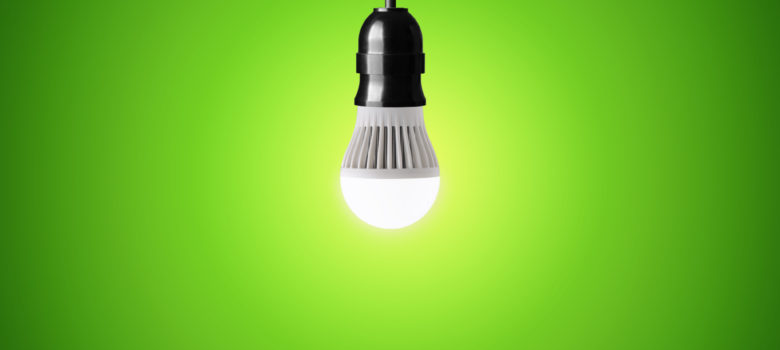
Lux is a unit used to measure the intensity of light hitting a surface, typically a wall or floor in a lighting design. One lux is equivalent to one lumen per square meter. They differ from lumens, which measure the brightness of the light source.
1 LUX = 1 Lumen / m2
What does this actually mean for you? Well imagine you buy a 400 lumen bulb and put it in a room with 10m2 of surface area inside. A little toilet or store room for example. Putting that into our equation, the room is therefore on average getting a light intensity of 40 lux. Put that same bulb into a larger room with say, 20m2 of surface area, and all of a sudden the lux level will drop to 20 lux. This kind of demonstrates the obvious in that the bigger the room, the more you will need to create the right light levels. That much is obvious, but when you factor in natural light, the dimensions of the room, the required use of the room and other factors, suddenly having a unit like lux to be able to compare light intensity is very useful.

How many lux do you need?
If you look at the various recommendations when it comes to lighting levels, there are different recommended intensity levels depending on the room and the purpose of the space. A room which is used for storage, for example, needs relatively low light levels; whilst a workshop where fine detail is required will need much brighter light levels. As such, the Chartered Institute of Building Service Engineers gives the various light levels that each part of a property – domestic or commercial- requires to give adequate lighting. This is purely guidance, but it should give you a good idea of the appropriate levels for each type of space.
- 100 lux – This level of light is sufficient for lifts, corridors and stairs. Areas that are transitory for occupants and don’t require any detailed work. Warehouse areas and bulk stores will also require this minimal light level. You wouldn’t want to read a book in this sort of light, but it is good enough to get around without injuring yourself and see where you are going.
- 150 lux – Restrooms and plant rooms require this level of light. Again this is not particularly bright but good enough for simple tasks.
- 200 lux – Entrance areas and lobbies require this level of light, and it is also the minimum for a restaurant dining area.
- 300 lux – Assembly Areas, like village halls require at least 300 lux
- 500 lux – Retail spaces should have this as a minimum light level, as should general office spaces. This level should be suitable for prolonged work on computers, machinery and reading.
- More than 500 lux – If you have an area where intricate work is being carried out, then very high lux values may be needed. Where fine detailed work is being carried out, anything up to 2,000 lux can be used – this is usually only necessary in fairly unusual circumstances. For most purposes, 500 lux will be ample.
If you would like more advice on lighting or would like a full survey, just get in touch and we will be happy to help you.
Think we missed something? Do you have a different opinion?
Comment below to get your voice heard…













Hi, I am planning my home’s lighting and would like to use the Pirce by Artemide on the Dining Table (open area layout not dining room). after doing some calculations the lux level on the table top would be around 120 to 130 lux. do you think this is sufficient? I do not wish to add any otehr fittings in this particular are but I am concerned about the correct lux level.
thanks
I need to know how much Lumens required for different areas for example office area you tell me 500 Lux this is not what I am looking for . I need to tell me regardless of all other parameters and type of lighting you require approximately 800 Lumens or 1000 Lumens per square meter a lighting fixture to achieve 500 Lux . This also required for other different areas .
What should be average lux level of the perimeter lighting at the airport.
A restaurant with lighting at 200 Lux would be McDonald’s not fine dining by candelight. Too much light is a mood killer.
Can a 200 w bulb reach 500 Lux?
I like 👍 it is so much it really told me something now